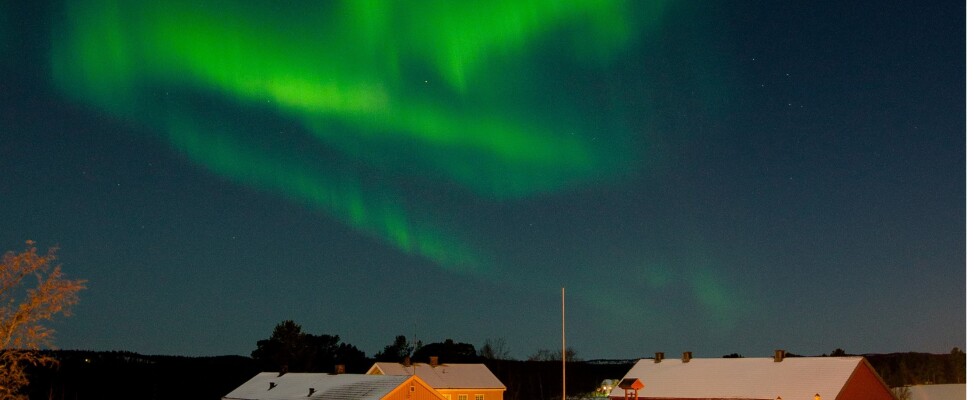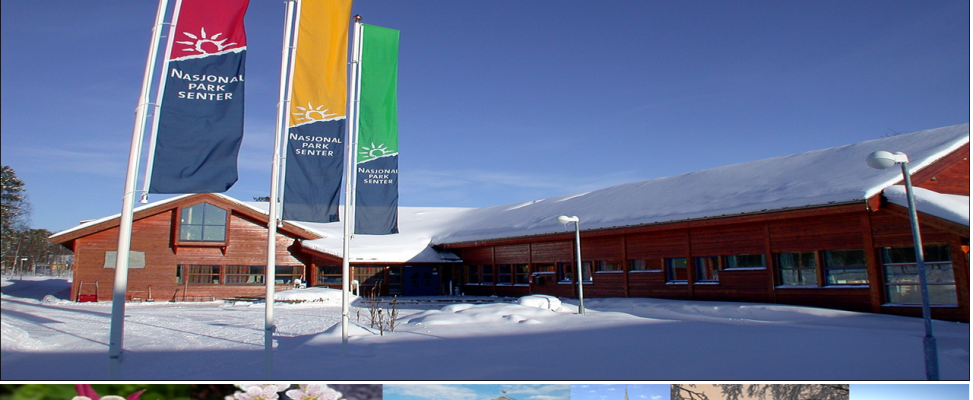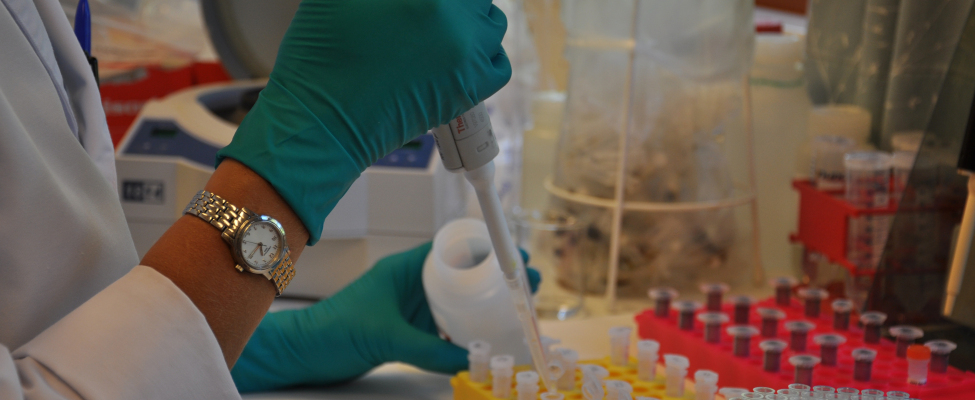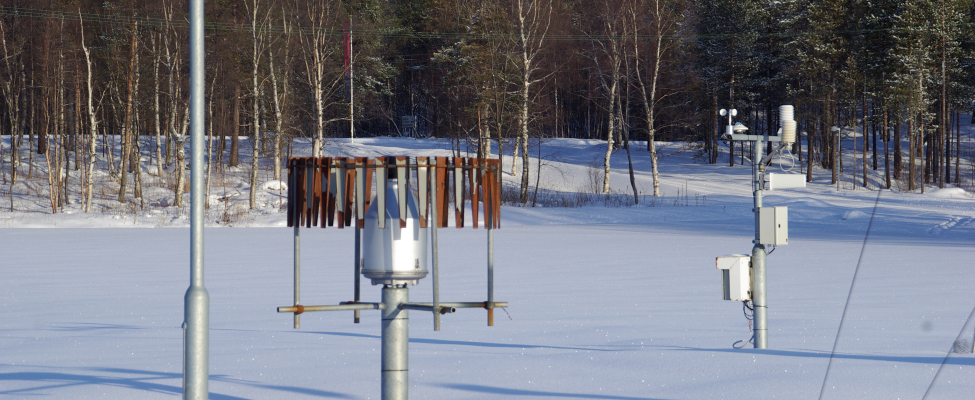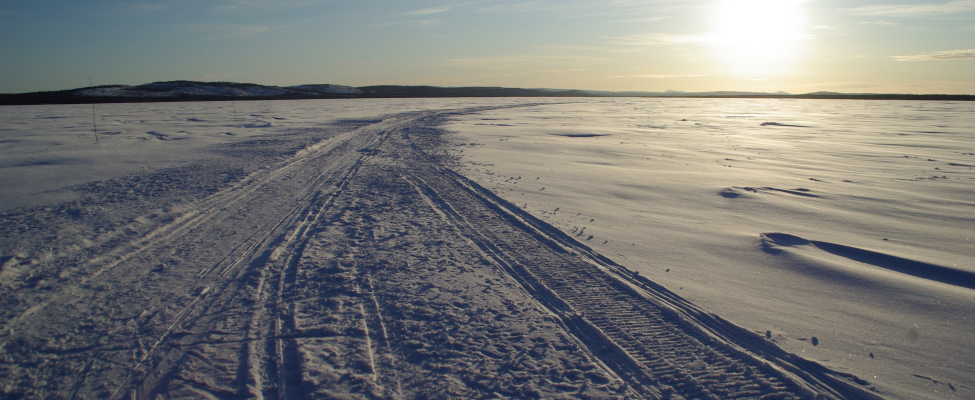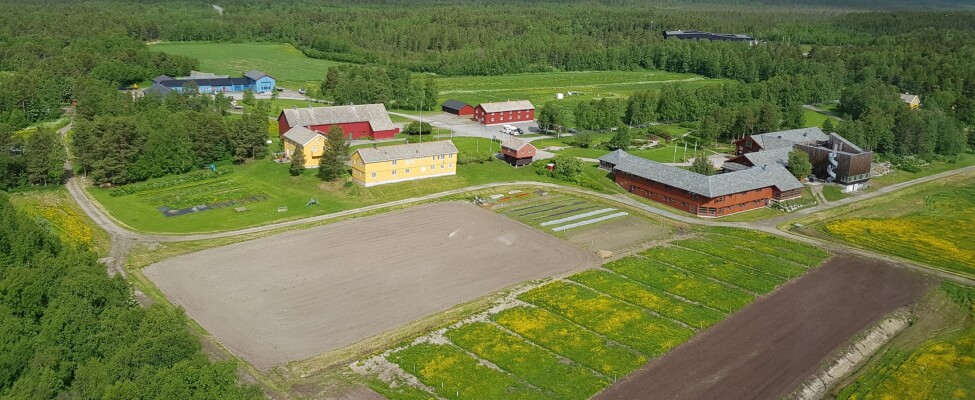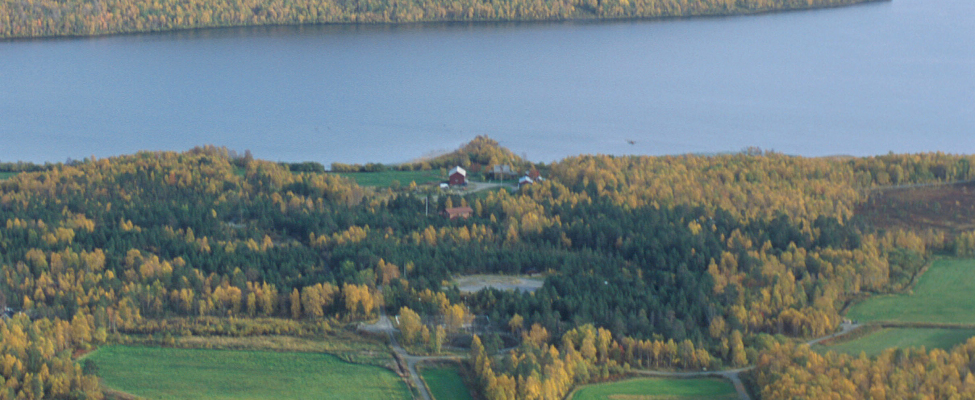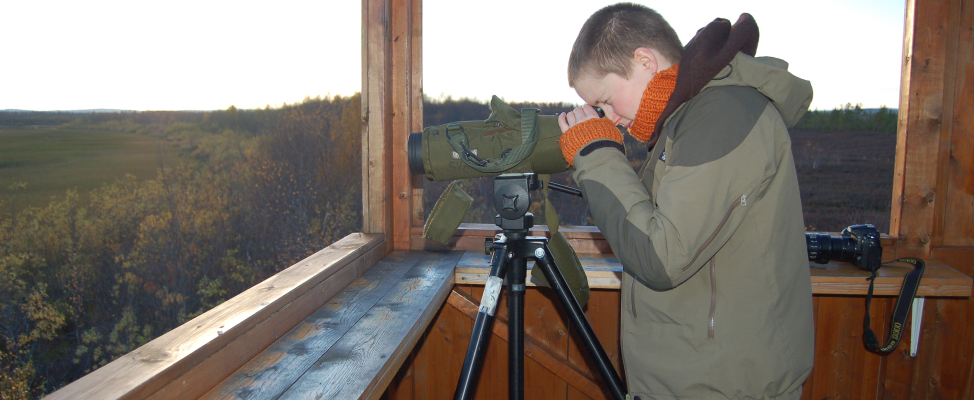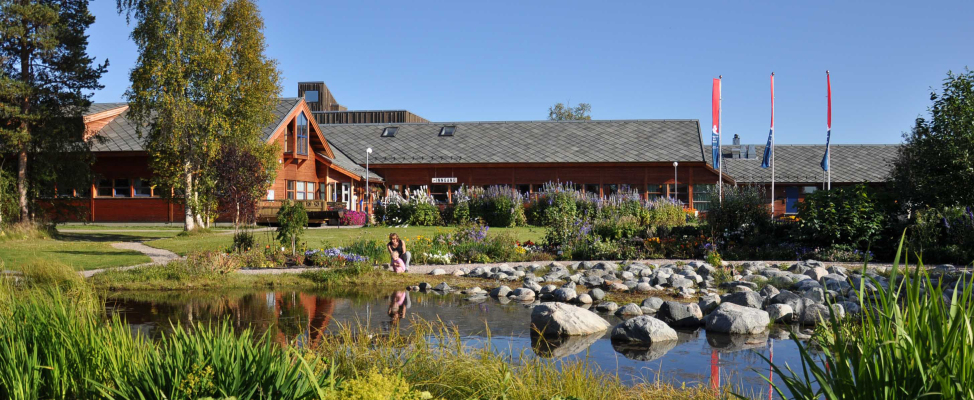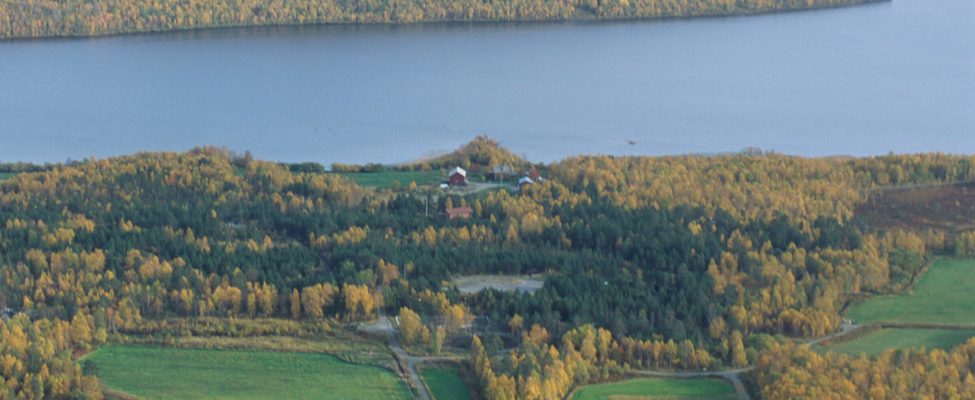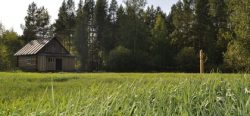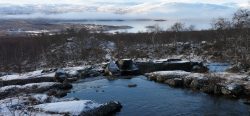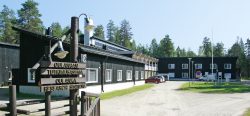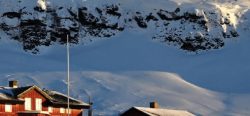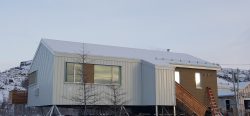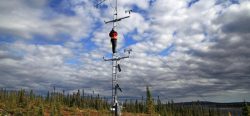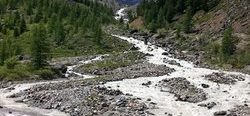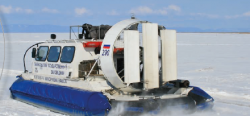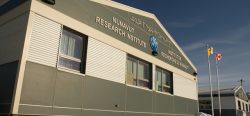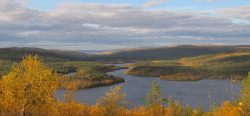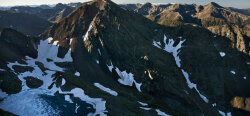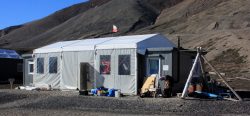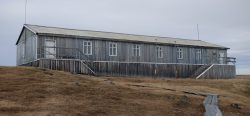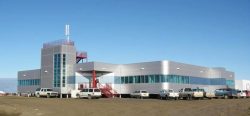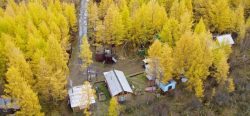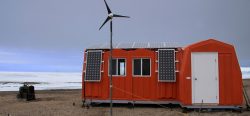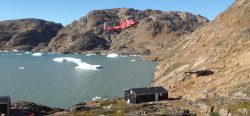Contact Details
9925 Svanvik
Norway
- Phone: +47 93240197
- Fax: +47 78995180
STATION NAME AND OWNER
The NIBIO Svanhovd research station belongs to the Norwegian Institute of Bioeconomy Research.
LOCATION
NIBIO Svanhovd is located in the Pasvik area in NE Norway (69°27’ N, 30°03’ E), approximately 40 km south of the fjords of the Barents Sea, 400 km north of the Arctic CircleA line of latitude currently at 66° 33? 44? (66.5622°) north of the Equator. It is the southern limit of the region of the Earth that experiences the 'midnight sun'.... More, and in close vicinity to Russia and Finland. NIBIO Svanhovd is situated in Svanvik, a small village in the Pasvik Valley. It is located at the western shore of the Pasvik River that originates from the huge Lake Inari in Finland and flows northwards into the Barents Sea and defines the border between Norway and Russia.
BIODIVERSITY AND NATURAL ENVIRONMENT
The surroundings in the Pasvik Valley are part of the western distribution limit of the Russian taigaBoreal forest, a nearly continuous belt of coniferous trees across North America and Eurasia. Taiga is dense forest with many fallen trees and marshy soil. The term derives form the southern Siberian Turkic-Mongol... More and the faunaThe animals that live in a particular region, habitat or time (such as geological period like the jurassic). For plants, we use the term flora, and to collectively refer to all... More and floraThe plants that live in a particular region, habitat or time (such as geological period like the jurassic). For animals, we use the term fauna, and to collectively refer to all... More has a strong eastern influence, with many species not found in other areas of Europe, e.g. interesting aquatic floraThe plants that live in a particular region, habitat or time (such as geological period like the jurassic). For animals, we use the term fauna, and to collectively refer to all... More. The area includes old-growth pine forest, wetlands, lakes, rivers, mountain birch forest, tundraA type of ecosystem in which tree growth is limited by low temperatures. The origin of the word is from from the Kildin Sami word t?ndâr, meaning "uplands" or "treeless mountain tract". In the northern... More, seashore, and fjords. Most groups of organisms in the area are poorly studied with many still unknown species in certain taxa. The area is also found to be the northernmost distribution of several species and the Pasvik River has a very high biological diversity compared to other rivers in Norway. The area is exposed to several invading species.
HISTORY AND FACILITIES
Svanhovd was established in 1934 as a governmental demonstration farm to provide expertise and aid to the settlers of the Pasvik Valley. In the early 1990s, a change of activity towards environmental research was motivated in particular due to large emissions from the metal smelters in the Russian city Nikel (9 km away from Svanhovd). In 2001, a visitor centre for the Øvre Pasvik National Park was established and, in 2006, Svanhovd Environmental Centre became a part of the Norwegian Institute for Agricultural and Environmental Research. The laboratory at NIBIO Svanhovd has facilities for microbiological, chemical-physical, and DNA-analysis. It is accredited for DNA analyses of brown bears. NIBIO Svanhovd has a conference centre with accommodation for 50 persons (in single and double rooms, with private bathrooms). Guests are free to use Svanhovd’s fireplace, TV lounge, sauna, and laundry room. The conference centre offers an auditorium for 80 persons, and smaller meeting rooms for 5 to 30 persons. Additional accommodation can be arranged in Svanvik (walking distance) and at hotels in Kirkenes (45 minutes by car).
GENERAL RESEARCH AND DATABASES
The region offers ‘round-the-corner ecological laboratories’ for several important research areas: Pristine nature in sub-arctic ecosystems, changes in land use (farming and abandoned land), climatic and environmental gradients, etc. NIBIO Svanhovd works with issues related to natural resources, protected areas, biological diversity, and environmental research in the Barents Region. Some work on agricultural issues is also carried out. Each year, surveys within the national brown-bear monitoring programme in Norway, Finland, Sweden, and Russia is carried out.
HUMAN DIMENSION
The Pasvik Valley offers nature tourism, fishing, bird-watching, hunting, forestry, northern agriculture, reindeer husbandry, mining and research. Kirkenes (c. 3,400 inhabitants), that is located 40 km NW of Svanhovd, was established in late nineteenth century as a port town for the mining industry at Bjørnevatn a few km away and for forestry. The area has been inhabited by Sami people for several centuries.
ACCESS
Svanhovd is an excellent meeting point for researchers and visitors from all over the world, situated in NE Norway in close vicinity to Russia, Finland, and Sweden, and with the facilities offered by Svanhovd Conference Centre. The Botanical Garden at Svanhovd demonstrates the diversity of plants and trees in the Pasvik Valley. It is easy to come to Svanhovd, with daily flights from Oslo Gardermoen Airport to Kirkenes Airport (Høybuktmoen), with about 2 hours flight time (SAS and Norwegian), and then 45 minutes (40 km) by car to Svanhovd (Road 885). Taxi or rental cars are available at Kirkenes Airport.
